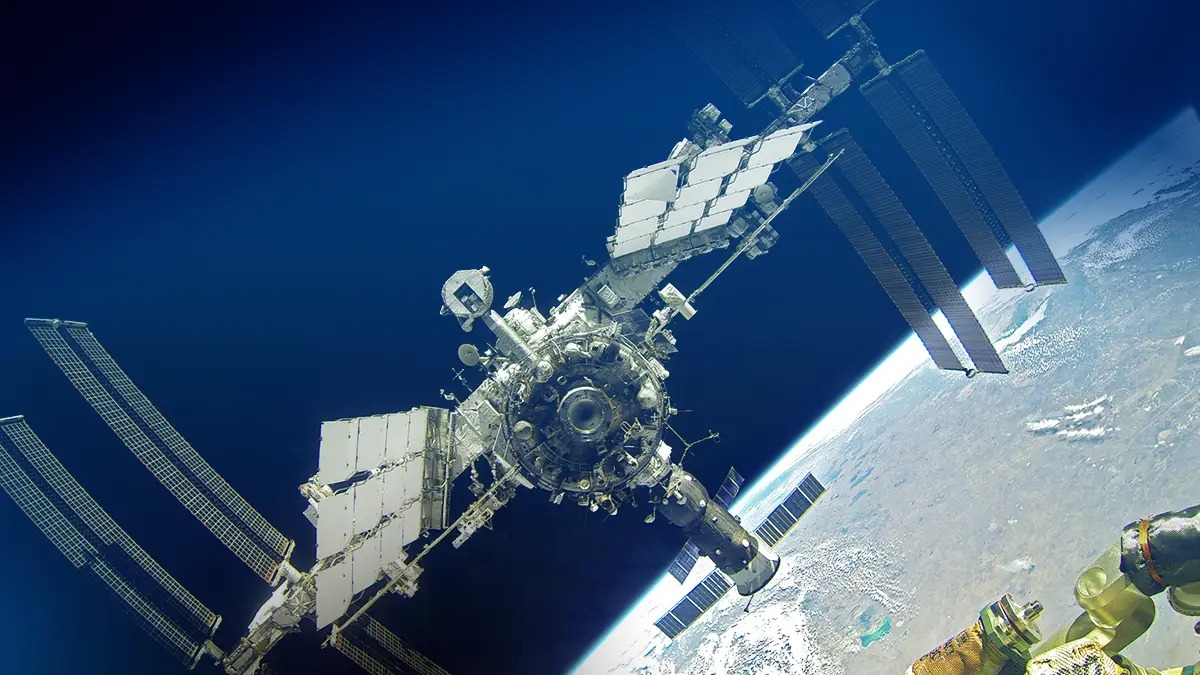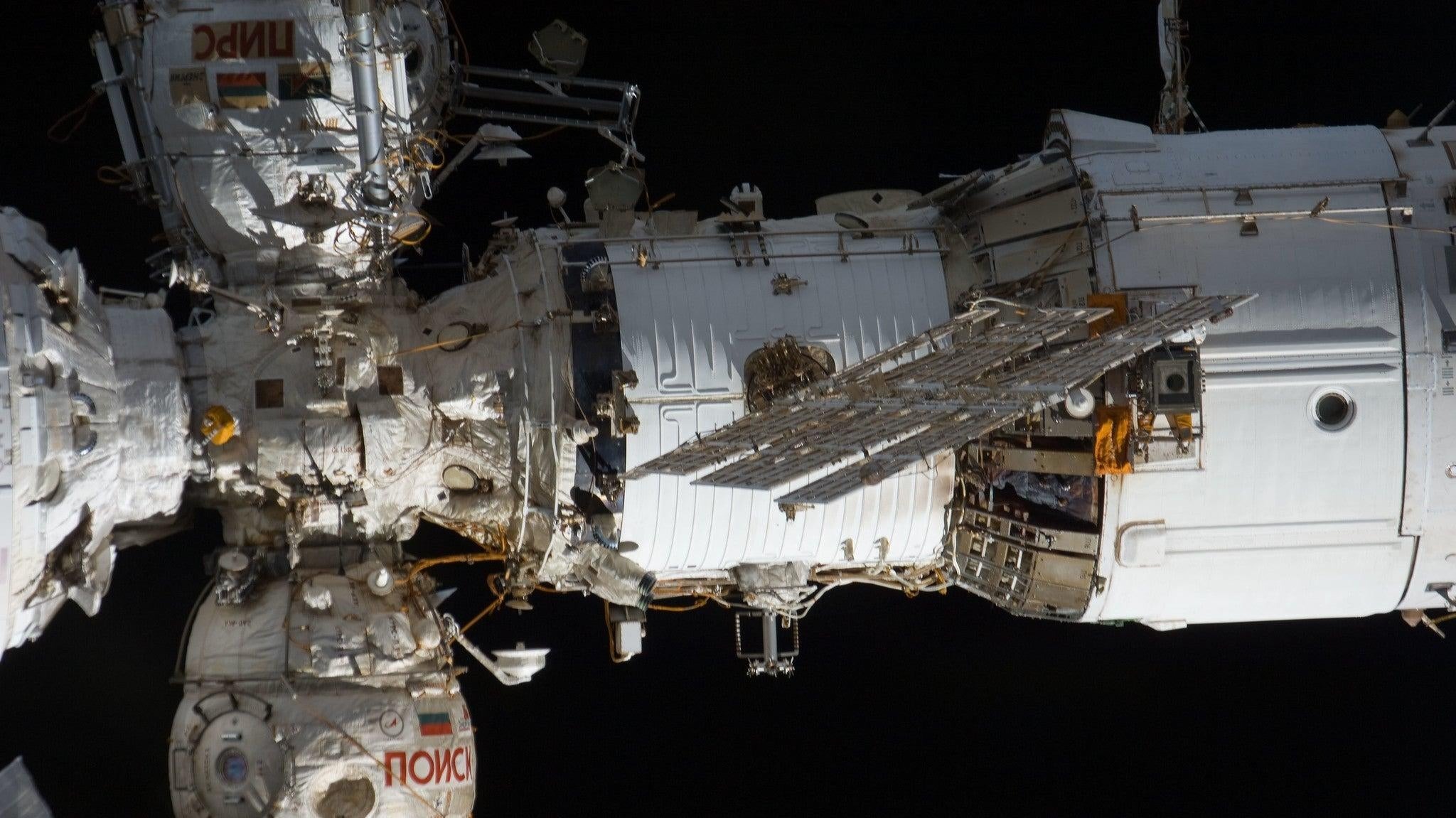NASA is concerned about leaks in the tunnel connecting the Russian segment of the International Space Station (ISS) to the docking port, according to a report from the agency’s inspector general. The problem is exacerbated by the fact that engineers still don’t know the cause of the hole in the hull of the orbital outpost.

“On-going cracks and air leaks in the Service Module Transfer Tunnel are a top safety risk,” the report stated. NASA and Roscosmos are collaborating to identify the causes of the cracks and monitor the station for new leaks.
In April 2024, NASA recorded an increase in leakage to its highest level, which was 1.67 kilograms of oxygen per day, up from 450 grams in February. The agencies focused on possible damage to internal and external welds.
Fixing the problem will be hard because of supply chain disruptions that are already affecting NASA contractors. This poses additional obstacles to maintaining ISS operations until 2030, when it is scheduled to be completed. In June 2024, NASA raised its leak concern level to the highest in its “risk matrix.”

If the leaks continue, NASA and Roscosmos will be forced to close the tunnel, making it impossible to use one of the station’s docking ports. While Roscosmos is confident in its ability to control the situation, the question remains about when leakage levels will become unacceptable.
This increases concern as the station is already nearing the end of its life cycle. The space agency plans to decommission the ISS by 2030 using a special tug from SpaceX. However, a decision to extend the operation beyond 2028 has not been made yet. An alternative option would be to upgrade the station, but this would require significant funding and increased risks due to aging structures.
Earlier we reported on how NASA discovered a hole in the Soyuz.
According to NASA


